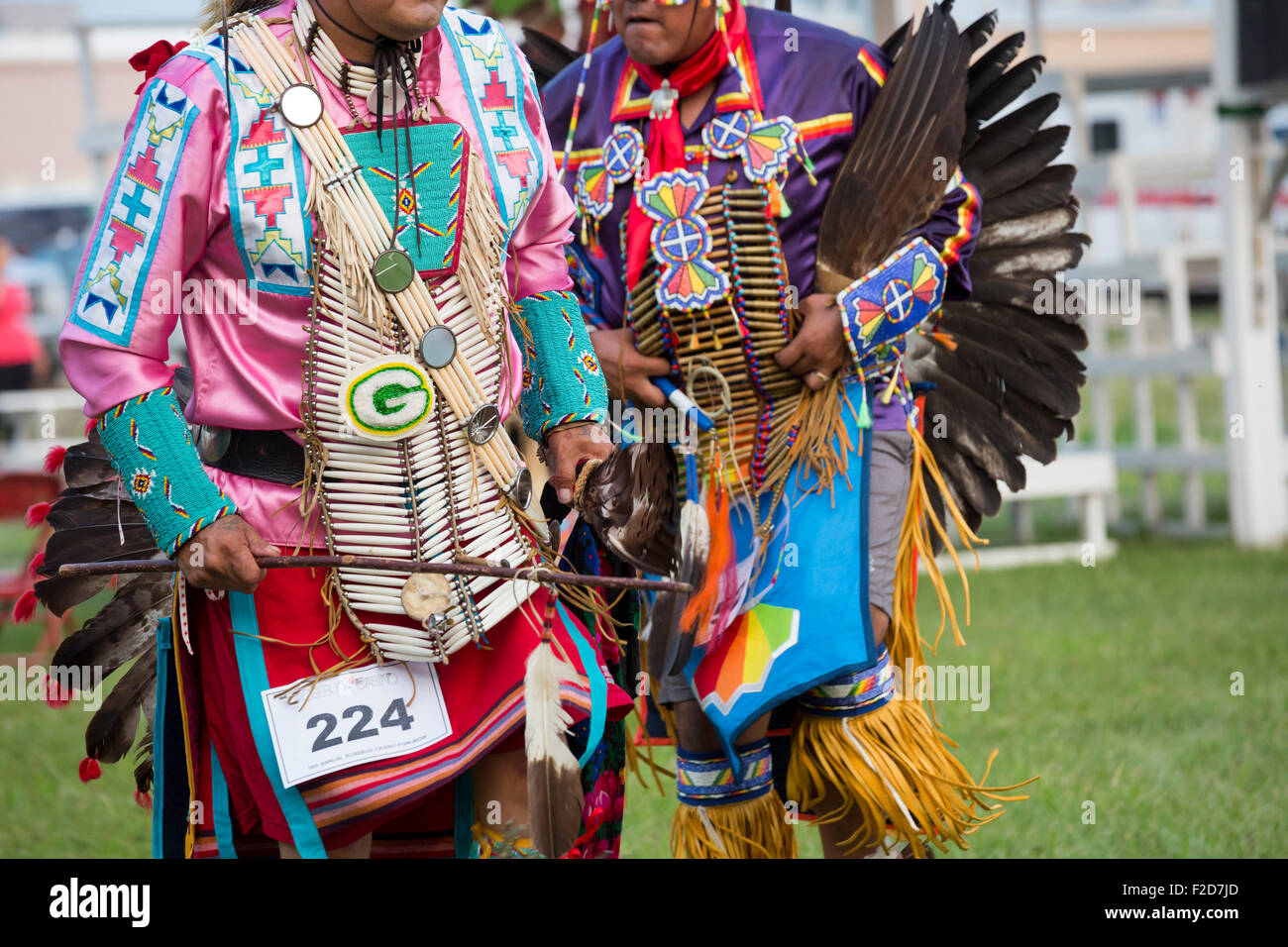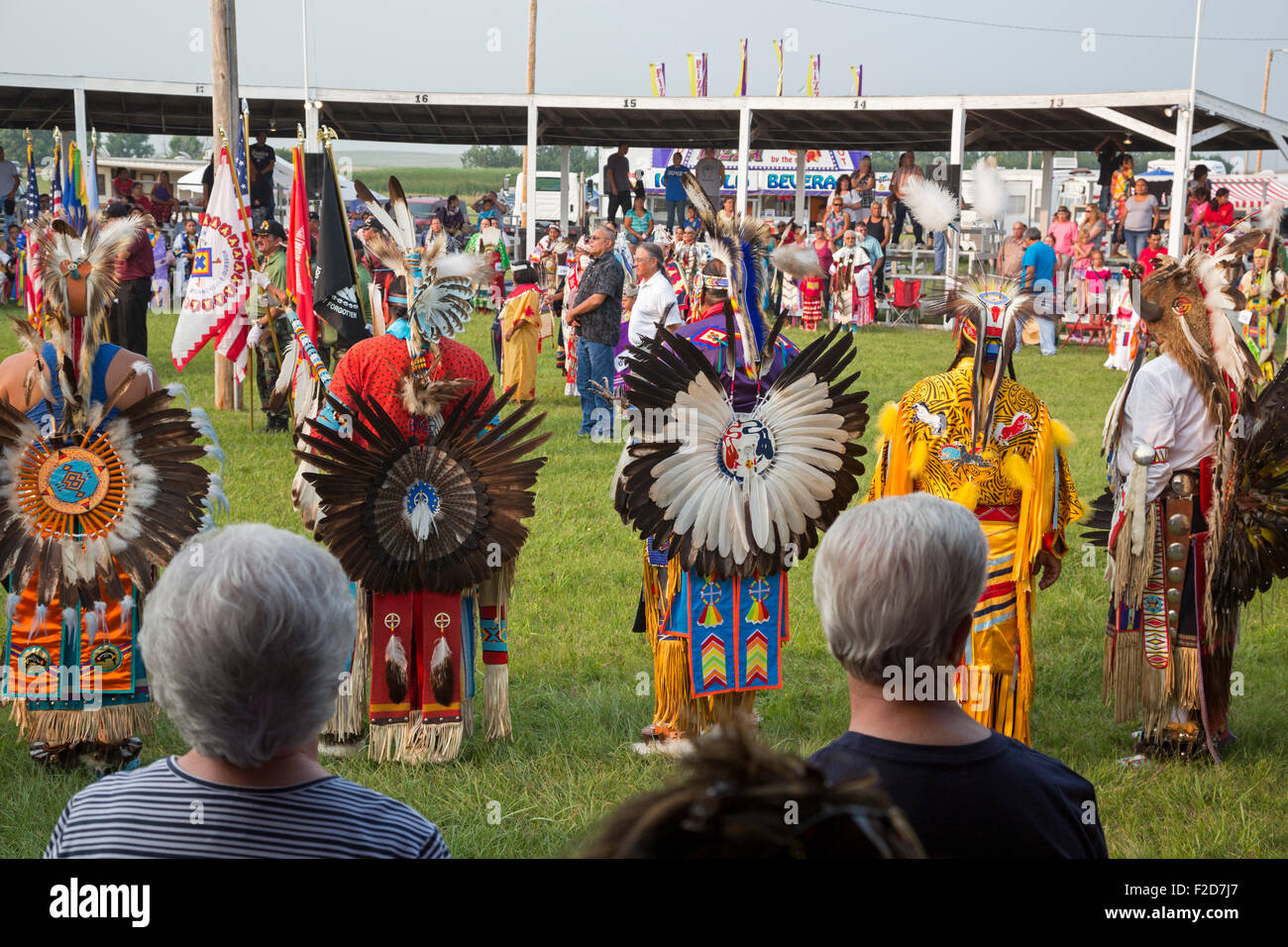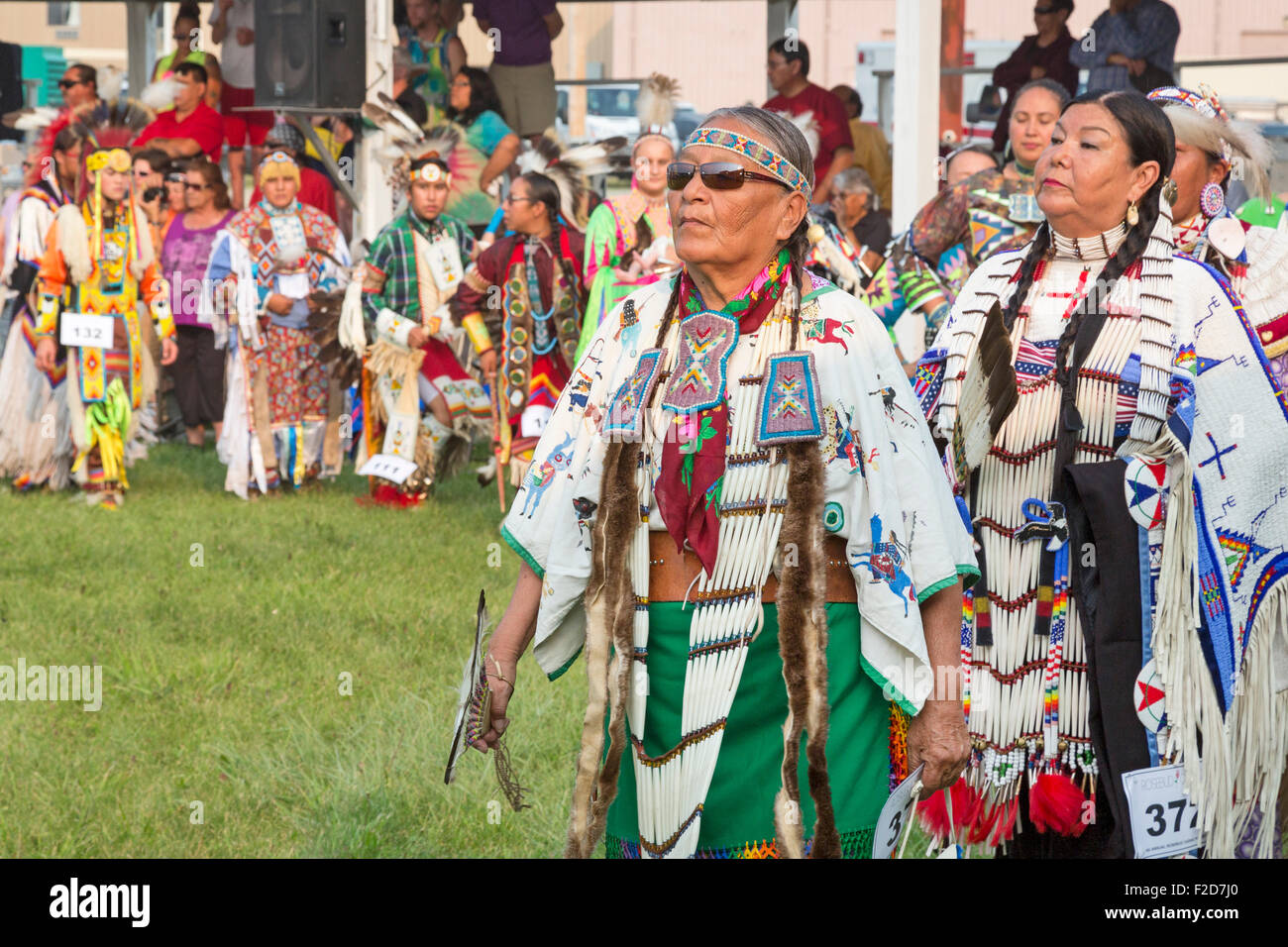
Where the Prairie Whispers: Resilience and Reality on the Rosebud Sioux Reservation
The wind, an ancient voice, sweeps across the vast, undulating prairies of South Dakota, carrying with it the scent of sagebrush and the echoes of generations. Here, in the heartland of America, lies the Rosebud Sioux Reservation, home to the Sicangu Lakota Oyate – the Burnt Thigh Nation. It is a place of profound beauty, where the sky stretches endlessly, painted with dramatic sunrises and sunsets, and the land itself feels imbued with history and spirit. Yet, beneath this breathtaking expanse lies a complex tapestry of enduring cultural strength, deep-seated challenges, and an unyielding fight for self-determination.
The story of the Rosebud begins not with its present boundaries, but with the Great Sioux Nation, a vast territory guaranteed by the Fort Laramie Treaty of 1868. This treaty, intended to secure permanent lands for the Lakota, Dakota, and Nakota peoples, was systematically eroded by the United States government through a series of broken promises, land grabs, and the devastating impact of the buffalo slaughter. The Sicangu, once nomadic hunters, were confined to a fraction of their ancestral lands, an act that severed their traditional way of life and laid the groundwork for the socio-economic struggles that persist today.
"Our ancestors walked this land freely, following the buffalo, living in harmony with creation," reflects an elder, her voice raspy with age and wisdom, as she gestures towards the rolling hills near Mission, one of the reservation’s larger communities. "The treaties were supposed to protect us, but they became chains. We lost so much, not just land, but a piece of our spirit, our economy, our health."
Indeed, the Rosebud Sioux Reservation, encompassing approximately 1.4 million acres across Todd, Tripp, Mellette, and Gregory counties, faces some of the most profound socio-economic disparities in the United States. According to various reports, the unemployment rate on the reservation often hovers between 70-85%, significantly higher than the national average. Poverty is rampant, with an estimated 40-50% of residents living below the federal poverty line. This economic hardship manifests in a myriad of ways, from substandard housing – often overcrowded and lacking basic amenities like running water or proper insulation – to limited access to healthy food options, creating what many call a "food desert."
Healthcare, delivered primarily through the underfunded Indian Health Service (IHS), is another critical challenge. Residents face significantly higher rates of chronic diseases such as diabetes, heart disease, and cancer, coupled with a lower life expectancy compared to the national average. The remoteness of the reservation means that specialized medical care is often hundreds of miles away, an insurmountable barrier for many without reliable transportation.

Beyond physical ailments, the Rosebud, like many reservations, grapples with the devastating impact of historical trauma, which manifests in high rates of alcoholism, substance abuse – including the growing scourge of methamphetamine and opioid addiction – and mental health crises. "We see the effects of generations of trauma every single day," says a social worker at a tribal health clinic. "The loss of language, culture, land, the residential schools – it’s all cumulative. Healing is a long journey, and it requires resources and understanding that are often scarce."
Yet, to focus solely on the challenges would be to miss the profound strength and resilience that define the Sicangu Lakota Oyate. Amidst adversity, the spirit of self-determination burns brightly. One of the most powerful examples of this is Sinte Gleska University (SGU), a tribally controlled institution of higher learning established in 1971. Named after the revered Sicangu leader, Spotted Tail, SGU is a beacon of cultural preservation and academic excellence.
"Sinte Gleska is more than just a university; it’s a living embodiment of our sovereignty and our commitment to our future," states a faculty member at SGU. "Here, we teach not just academic subjects, but Lakota language, history, philosophy, and traditional practices. Our graduates are equipped to serve their communities, bringing back knowledge and skills that are culturally relevant and desperately needed." SGU offers a wide range of programs, from early childhood education to master’s degrees, and plays a vital role in training tribal leaders, educators, and healthcare professionals. Its very existence is a testament to the power of a people to educate themselves on their own terms, to reclaim and revitalize their intellectual heritage.
Cultural revitalization is a cornerstone of life on Rosebud. Efforts to preserve and teach the Lakota language, once suppressed by assimilation policies, are gaining momentum. Elders, fluent speakers, are revered as living libraries, sharing their knowledge with younger generations in language immersion programs and community classes. Traditional ceremonies, such as the Wiwáŋyaŋg Wačhípi (Sundance), powwows, and spiritual gatherings, are vibrant expressions of cultural identity, fostering community bonds and connecting individuals to their ancestral ways.
Economic development, though slow, is also taking root. The Rosebud Sioux Tribe operates the Rosebud Casino, a significant employer and revenue generator, with profits often reinvested into tribal programs and services. There are also efforts to promote small businesses, sustainable agriculture, and eco-tourism, leveraging the natural beauty of the land, which includes portions of the Badlands National Park and the Little White River. The tribe also manages bison herds, not just for economic benefit, but as a symbolic reconnection to their traditional food source and a commitment to land stewardship.
The youth of Rosebud, while facing unique pressures, are also a source of immense hope. Programs focused on cultural enrichment, sports, and leadership development aim to empower young people to navigate modern challenges while staying rooted in their heritage. "It’s tough growing up here," admits a high school student, "There’s not a lot to do, and sometimes it feels like the whole world has forgotten about us. But then you go to a powwow, or you learn a Lakota word, and you remember who you are. We have to be the ones to make things better."
The landscape itself plays an integral role in the spirit of the Sicangu people. The vast, open spaces, the rugged river breaks, the deep coulees – these are not merely geographic features but sacred spaces, interwoven with origin stories, historical events, and spiritual practices. The land provides solace, a connection to ancestors, and a constant reminder of the enduring presence of the Lakota people. It is a powerful antidote to the feelings of marginalization and disconnection that can arise from systemic poverty and neglect.
In recent years, the Rosebud Sioux Tribe has also been at the forefront of advocating for tribal sovereignty and self-determination on a national level. From fighting against proposed pipelines that threaten their water and land to asserting their jurisdiction over tribal members, the tribe is actively working to reclaim its inherent rights and build a future defined by its own vision. This includes addressing the critical issue of missing and murdered Indigenous women (MMIW), a crisis that disproportionately affects Native communities, and advocating for greater federal support for law enforcement and victim services on reservations.
The story of the Rosebud Sioux Reservation is not one of simple despair or triumph, but a nuanced narrative of persistence. It is a place where the weight of history is palpable, but where the pulse of a vibrant culture beats strong. It is a testament to the human spirit’s capacity for endurance, for finding beauty in hardship, and for continuously striving for a better future against formidable odds. As the prairie winds continue to whisper across the plains of South Dakota, they carry not only the echoes of the past but also the resilient songs of the Sicangu Lakota Oyate, a people firmly rooted in their land and dedicated to their enduring legacy. Their journey is a powerful reminder that true American strength lies not just in its ideals, but in the unwavering spirit of its Indigenous nations.


